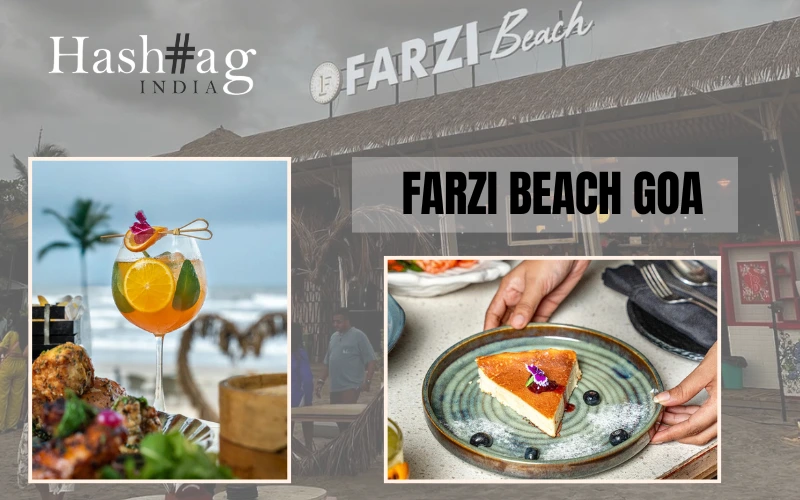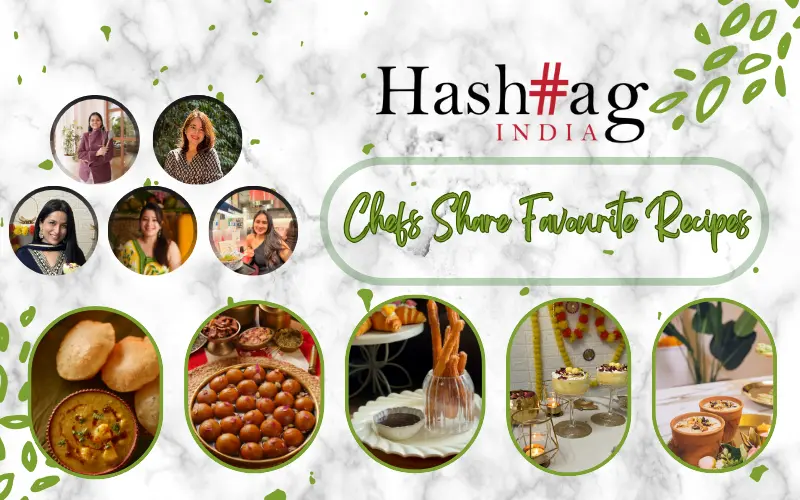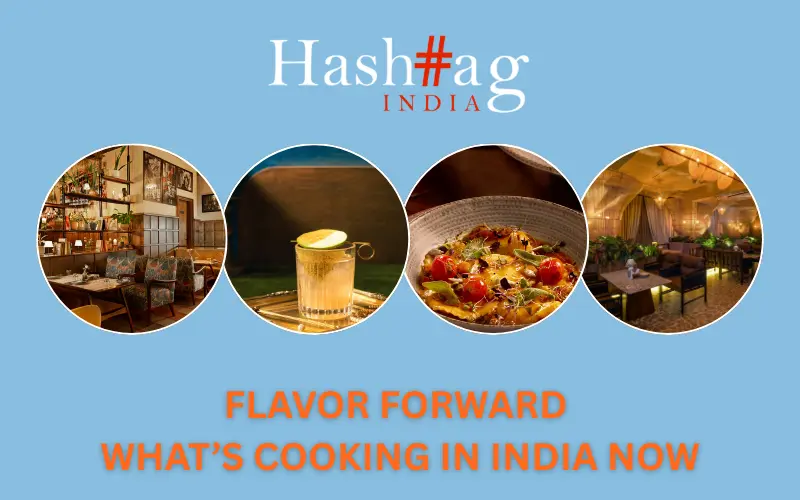Nestled in the charming lanes of Assagao, IZUMI has long been a cherished destination for lovers of authentic Japanese cuisine. Known for its expertly crafted sushi and soul-warming ramen, the restaurant has now entered an exciting new phase. With the recent addition of Chef Raffael Kably alongside founder Chef Nooresha Kably, IZUMI unveils a refreshed menu that seamlessly blends tradition with innovation. Inspired by their travels to Japan, the new offerings introduce bold flavors while staying true to the restaurant’s roots. RATNA BHUPAL explores the new flavors, from inventive small plates to flavorful mains, promising an elevated dining experience that captivates and delights.
Founded by Chef Nooresha Kably, the restaurant has been a go-to for classics like sushi and ramen. Now, with the recent addition of Chef Raffael Kably, Izumi has introduced a series of new dishes to its existing menu. Inspired by their recent travels to Japan, these creations add a fresh, innovative touch while staying true to the restaurant’s roots. The chef’s approach is rooted in authenticity but not afraid to experiment, resulting in dishes that excite the palate and pay homage to the classics Izumi was loved for.
Journey through the New Menu
The new offerings are a revelation. Traditional sushi lovers need not worry – the sushi remains stellar but with inventive additions. We began our meal with the Ohitashi Tomato & Crispy Tofu Salad, a vibrant mix of lotus root, snow peas, and white onion, all brought to life with a zesty yuzu dressing. Refreshing and light, this salad felt like a reinvention of a classic, offering a delightful start to our meal.
Next came the Avocado Tartare with Corn Cream, a dish that balanced flavours and textures beautifully. Its creamy, soothing taste lingered on the palate, making it an instant favourite.
From the vegetable robata grills, the Dashi Red Bell Pepper with Maple Butter and Aubergine with Shiraae stood out. Despite their simplicity in appearance, both dishes were bursting with flavour, perfectly cooked, and served as two sticks – a must-try for anyone exploring this section.
From the non-veg robata grill, the Chicken with Sansho Emulsion was a standout. Juicy, tender, and paired with a perfectly balanced misoreni sauce, it was one of the most succulent pieces of chicken I have ever had.
For seafood lovers, the Prawn Okonomiyaki is a revelation. This savoury pancake, made with prawns, cabbage, and pickled ginger, is topped with a rich sauce, Japanese mayo, and bonito flakes. The dish delivers an authentic oceanic taste, staying true to traditional Japanese techniques.
In the small plates section, the Camembert Cheese Sticks with Cranberry Sauce stole the show. The interplay of creamy cheese with the tart sweetness of cranberry created a flavour that was both comforting and indulgent. It’s a dish worth returning for.
Memorable Mains
Chef Nooresha and Chef Raffael’s travels influenced the mains most delightfully. The Sapporo Soup Curry is a prime example, inspired by the chef’s experience in Sapporo, where lamb was used in a broth. “It blew our minds,” says Chef Raffael, and this dish, with its authentic flavours, does exactly that for diners.
The Spicy Miso & Sesame Chonak, made with locally sourced fish, was another standout. The perfectly cooked Chonak paired with seasoned rice highlighted both the dish’s traditional Japanese roots and its Goan essence.
For vegetarians, the Shoyu Chintan Ramen is a must-try. Featuring flavourful konbu, shiitake, and soy broth, this comforting bowl of noodles, tofu, and vegetables is both hearty and delicious, with an optional spicy twist.
Drinks and Beyond
The drinks menu at Izumi remains unchanged, retaining its charm with a selection of expertly crafted cocktails. We sampled two of their crowd-favourite classics, and they didn’t disappoint.
The Kill Bill, a tequila-based drink, delivered on its promise of being spicy, zesty, and smoky – a perfect profile for those seeking bold flavours. Meanwhile, the Imperial Bee’s Knees, a gin-based cocktail, was bubbly and refreshing, making it an ideal companion to the diverse dishes on the menu.
Izumi’s commitment to excellence extends beyond the food, ensuring that the drink pairings enhance the overall dining experience.
The Ambiance
Izumi’s tranquil vibe remains intact, with its minimalist decor, warm wood accents, and soft lighting that evoke a Zen-like calm. It’s the perfect backdrop for the culinary journey that awaits.
Final Thoughts
Izumi’s new offerings are a game-changer, taking an already beloved restaurant to greater heights. The new offerings not only pay homage to classic Japanese flavours but also introduce bold, innovative twists that elevate the dining experience.
Whether you’re a long-time patron or a first-time visitor, Izumi’s updated menu is an invitation to rediscover the magic of Japanese cuisine, now elevated and reimagined in the heart of Assagao.

























